SINGAPORE. Pulao Ubin: During my one-year-long stay in Singapore, the hustle of modern city living, the incredible architecture, truly a testament to the capabilities of man started making me feel fatigued. Why me? Singapore, home to around six million people squeezed into a fairly compact area can leave even the most Zen of monks feeling jinxed. I was looking to go out and enjoy nature, and I found solace at the Pulao Ubin Island, the only place with immense natural beauty in Singapore.
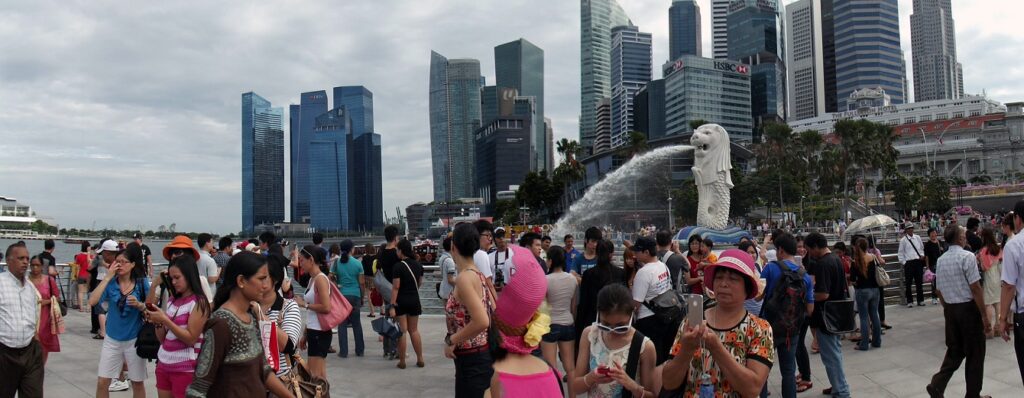
There’re no white sandy beaches, but the eccentricity and charm of this little offshore island make it a magical place. Forested wetland teeming with wildlife, and the place of the remaining kampongs in Singapore, you can see glimpses of its past as a trading hub and fishing port at this island.
The added attractions are the enchanting Mangroves at the Chek Jawa, the intertidal Wetlands which were opened to the public in December 2000 along with exotic flora and fauna, a variety of aquatic life like the sea hares, octopuses, starfishes, and the unspoiled coral reefs.
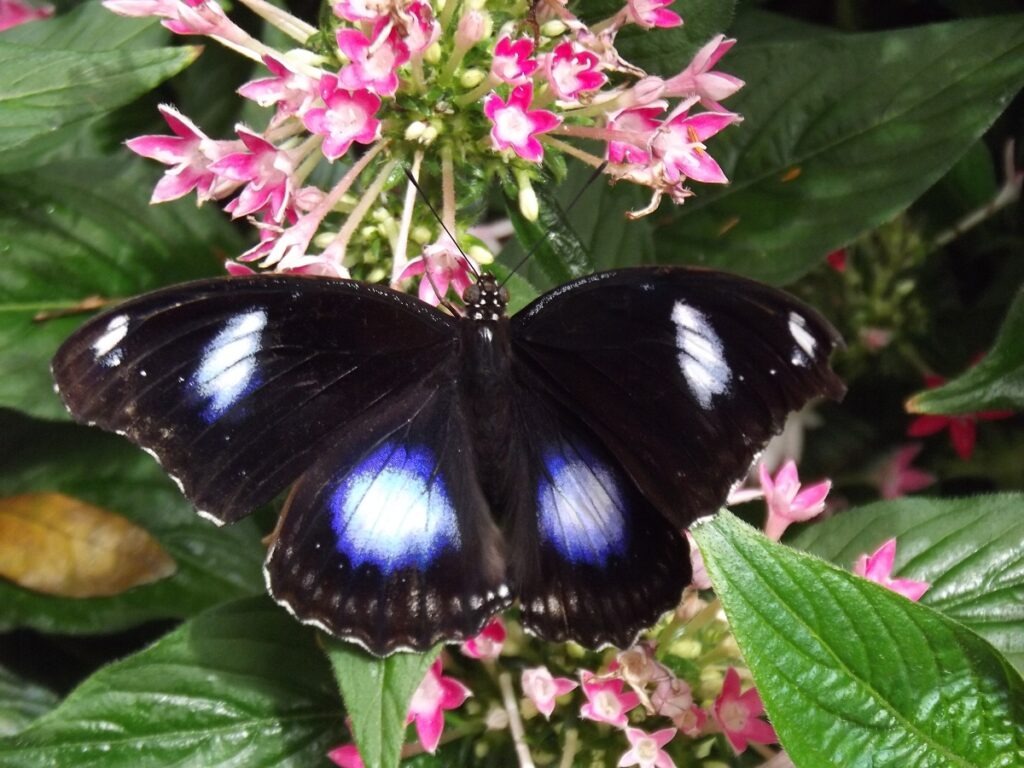
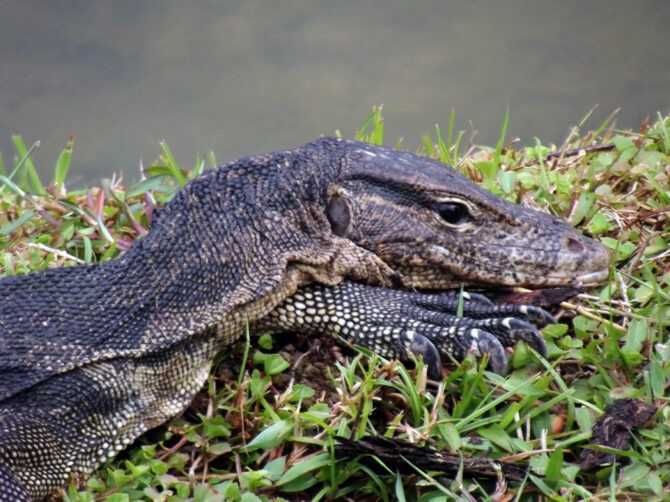
Pulao Ubin can be reached by a bumboat from Changi Point Ferry Terminal. It takes just 12 minutes to reach this 10.2 sq km island that’s wildly different from Singapore with untamed jungle, wildlife, hilly meadows, glassy lakes, and tin-roofed homes without running water or electricity.
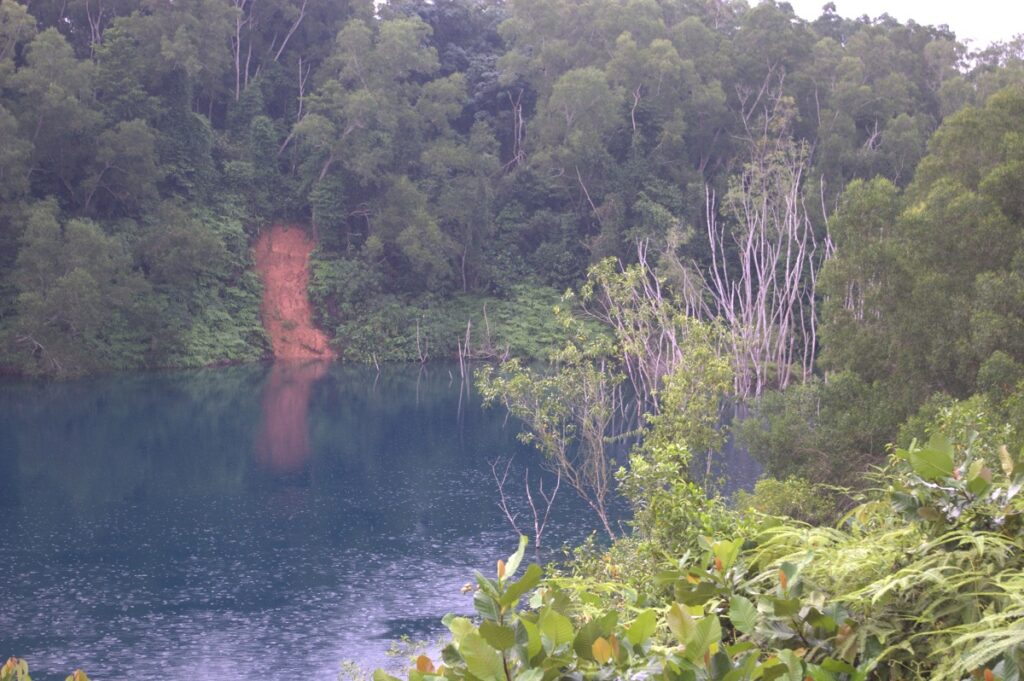
History of Pulao Ubin
Visiting Pulao Ubin or simply known as Ubin, located to the northeast of Singapore, is like traveling on a Time Machine with the destination marked Singapore, 1960.
Pulao Ubin used to be mined for granite from the mid-1800s and is named after the abandoned granite quarries which are scattered all over the area. The name Pulao Ubin literally means “Granite Island” in Malay. Pulao means “island”, and Ubin is said to be a Javanese term for “squared stone”. To the Malays, the island is also known as Pulao Batu Ubin or Granite Stone Island. The island is known as Tsioh Sua in the Taiwanese, which means “stone hill”.
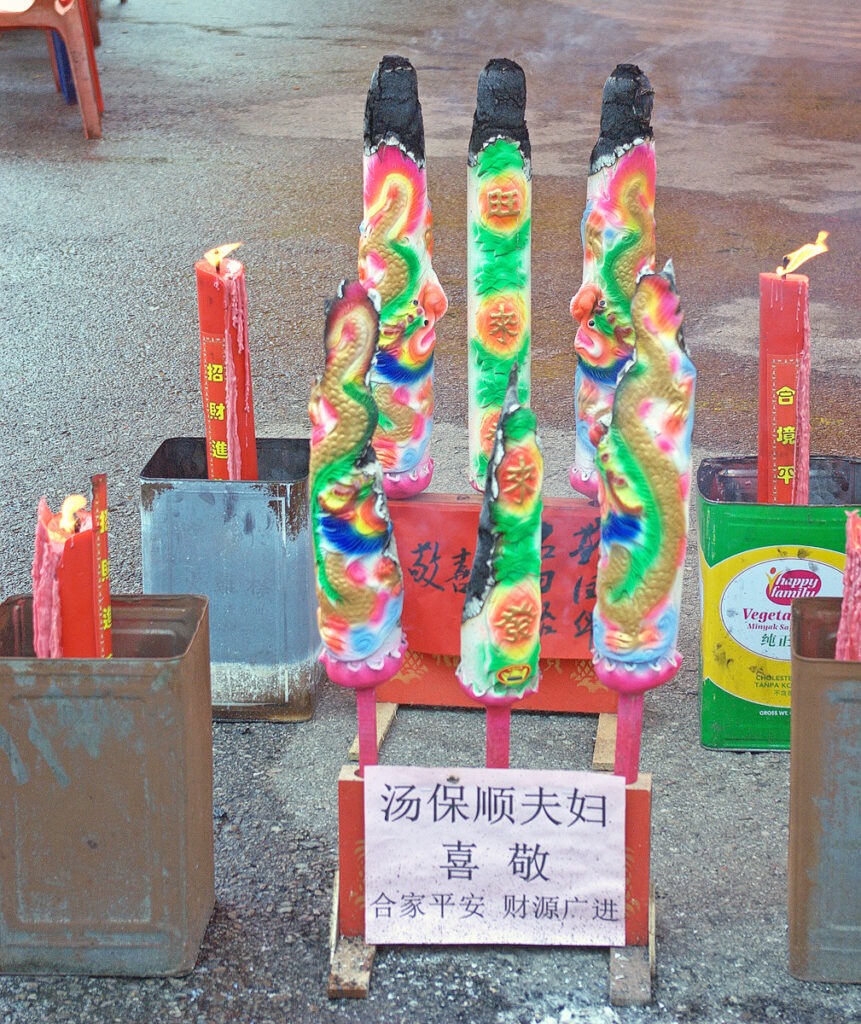
The last working day in a quarry was back in 1999 and nature took over to wrest back control. Houses were abandoned and the quarries filled with rainwater, transforming into still eerie pools.
Also see: http://www.wildsingapore.com/ubin/
Pulao Ubin became a biodiversity hotspot, home to home to over 700 species of plants, 30 species of mammals, 40 species of reptiles, 175 species of butterflies, 50 species of dragonflies, and over 200 species of birds and is home to the largest mangrove vegetation in the region. Pulao Ubin, a living museum, is an impressive example of the successful preservation of both Singapore’s heritage as well as the environment.
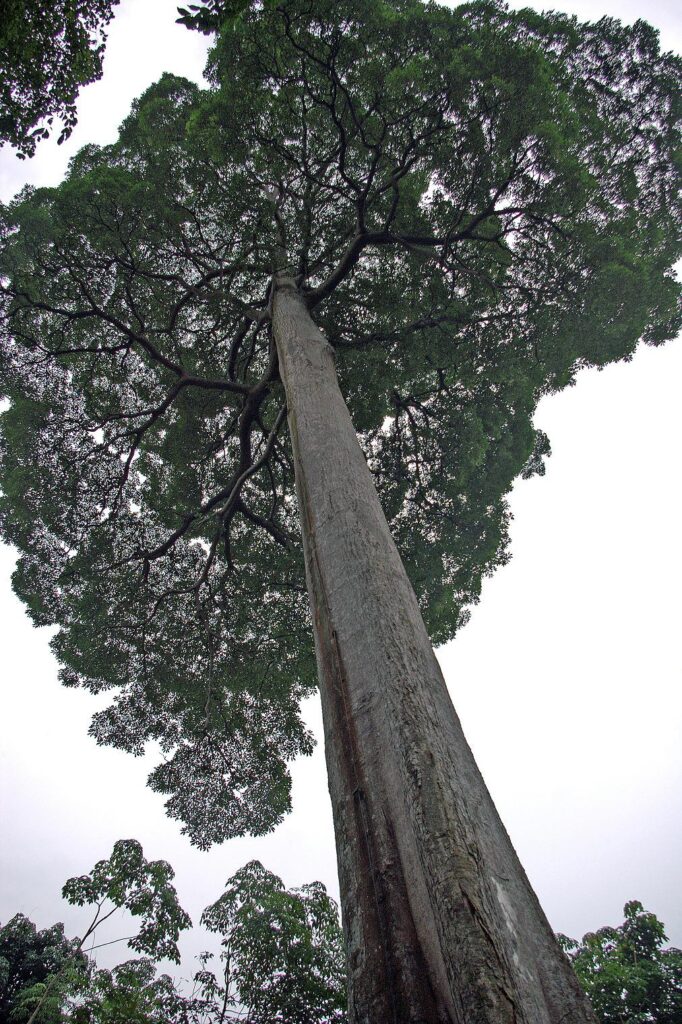
Exploring Ubin
You get off at the two-story jetty and head for the village full of bicycle-rental outfits, cafes, few small shops, basic restaurants, and the Fo Shan Ting Da Bo Gong Temple, which houses statues of local deities. In the village, you find shops owned by old habitants of the island selling seasonal tropical fruits like durians, papayas, bananas, rambutans, and jackfruit.
You can rent a geared cycle for 6 hours at SD10.00 and pedal through rustic roads on the 1.5 kilometers long flat and picturesque “Sensory Trail” to enjoy the sights and sounds of nature. You will go past a number of disused granite quarries, including the Pekan Quarry and traditional kampongs (villages), and continue on to the Former Head Man’s House, one of the most intact homes on the island.
Before reaching Chek Jawa, you move through swaying coconut palms, overgrown rubber plantations where chirping music by Kingfishers and bulbul birds soothe the soul. You will also cross several temples and shrines and also night camping sites, Jelutong, Mamam Beach, and Ubin Living Lab where people occasionally sleep beneath the stars by pitching tents.
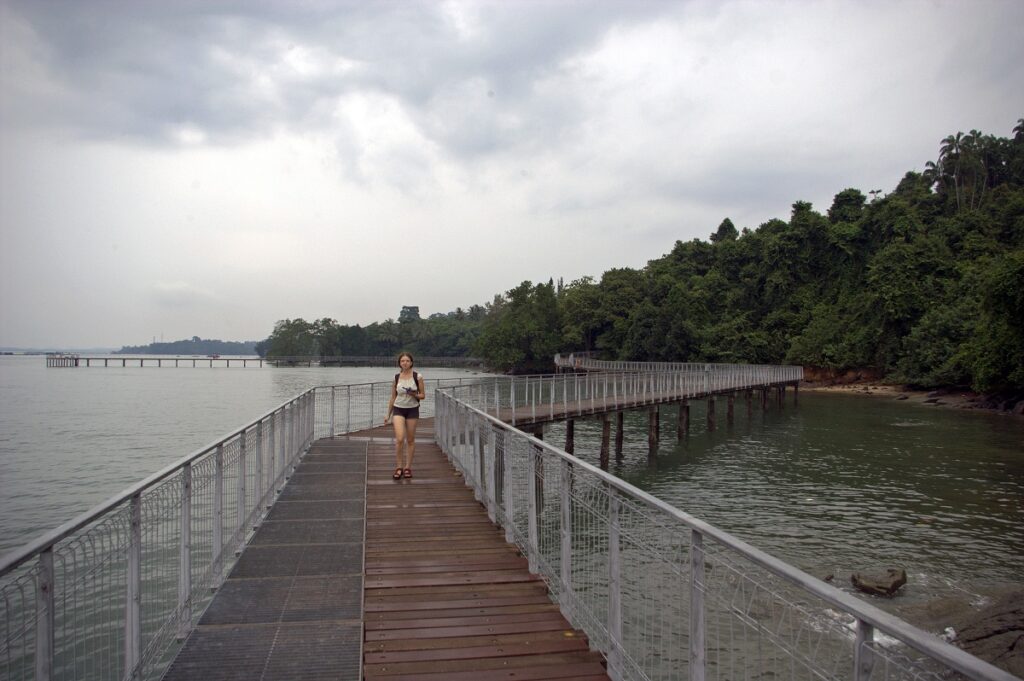
Time just flies as you keep moving with the flora and fauna at Pulao Ubin. To explore the mangroves, you need a few hours and it is advisable to come back again for a second time.

